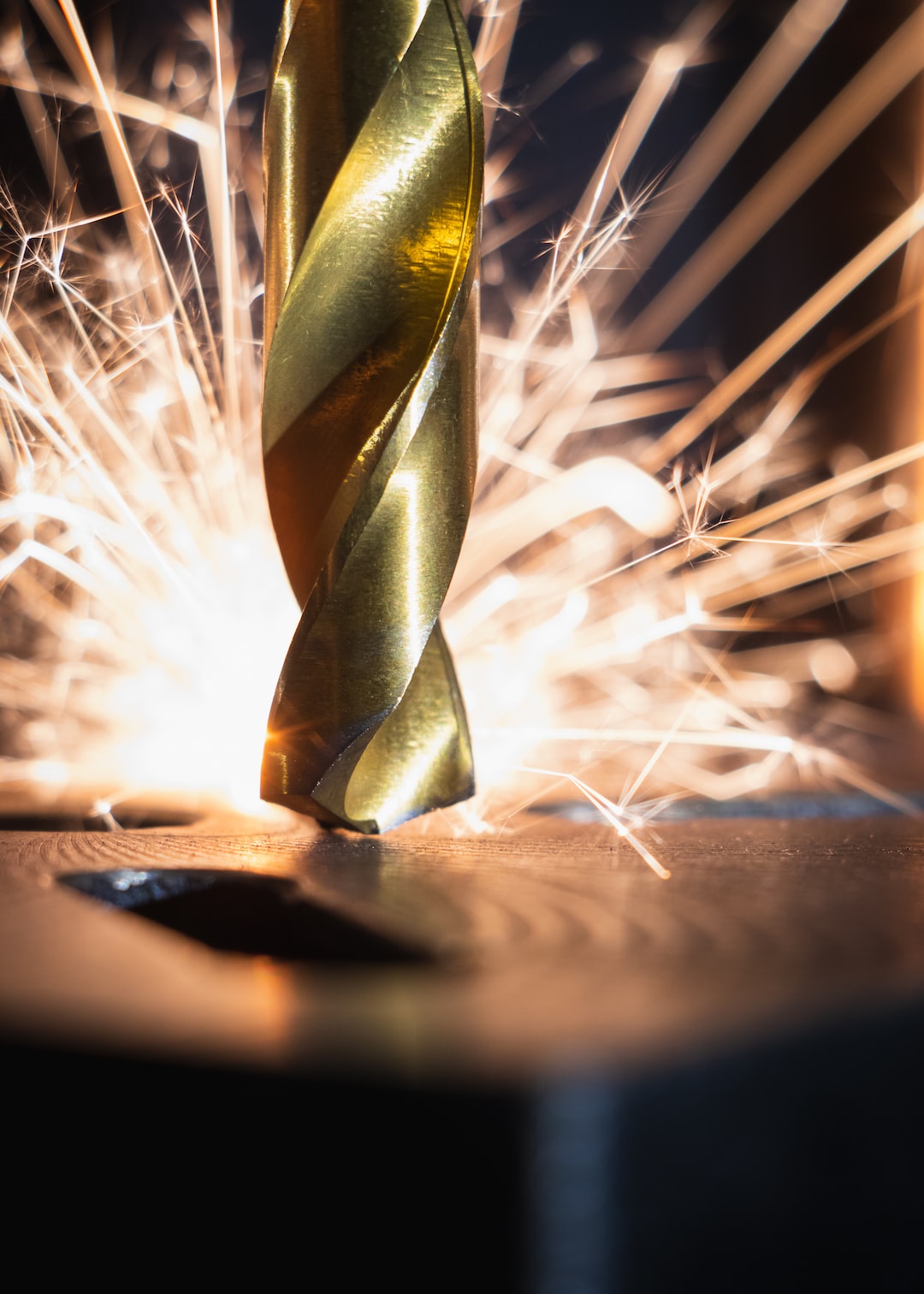Addressing the Skills Gap in the Manufacturing Workforce
The manufacturing industry has always played a pivotal role in the growth and development of nations. However, in recent years, this sector has been experiencing a significant challenge – the skills gap within its workforce. The widening chasm between the skills demanded by the industry and those possessed by the available workforce has become a cause for concern.
The skills gap can be attributed to various factors. One of the primary reasons is the rapid advancement in technology and automation. Manufacturing processes are becoming increasingly automated, requiring a new set of technical skills that many workers lack. Additionally, the perception of manufacturing as a low-skill, physically demanding sector has deterred young individuals from pursuing careers in this field.
Although the manufacturing industry has continued to evolve and innovate, the skills gap is hindering its potential for growth. The shortage of skilled workers affects productivity, innovation, and competitiveness. If this issue is not addressed promptly, it could have detrimental consequences for the industry and the economy as a whole.
To bridge the skills gap in the manufacturing workforce, a multi-faceted approach is necessary. Here are some strategies that can be implemented to address this challenge:
1. Raising Awareness and Changing Perceptions:
To attract new talent to the manufacturing sector, it is essential to change the prevailing perception of manufacturing as a low-skilled field. Increasing awareness about the modern, technology-driven nature of manufacturing will help young individuals understand the exciting career opportunities available. Collaborating with educational institutions and hosting career fairs can also provide insights into the diverse roles and high-tech tools used in manufacturing.
2. Strengthening Vocational Training Programs:
Investing in vocational training programs can equip individuals with relevant skills and make them job-ready. Collaborations between manufacturing companies and training institutions can ensure that training programs align with industry demands. Offering apprenticeships and internships can also provide hands-on experience and foster a practical understanding of the field.
3. Encouraging Lifelong Learning:
To keep up with the evolving needs of the manufacturing industry, workers must engage in continuous learning. Employers can provide incentives for employees to pursue further education, upskilling, or retraining. This could be in the form of financial support, flexible work hours, or access to online courses. By promoting lifelong learning, companies can ensure a competent and adaptable workforce.
4. Public-Private Partnerships:
Collaboration between the government, private sector, and academia is crucial in addressing the skills gap. Governments can provide funding and create policies that support skill development initiatives. Manufacturers can actively participate in these partnerships to contribute their expertise and industry-specific knowledge. Educational institutions can align their curriculum with industry requirements, producing graduates with the necessary skills.
5. Promoting Diversity and Inclusion:
Encouraging diversity and inclusion in the manufacturing workforce can bring in fresh perspectives, ideas, and skills. By actively reaching out to underrepresented groups, such as women, minorities, and individuals with disabilities, manufacturers can tap into a larger talent pool. This can be achieved by implementing inclusive hiring practices and fostering a supportive work culture.
Addressing the skills gap in the manufacturing industry is no easy task. It requires a collective effort from various stakeholders, including government entities, educational institutions, and industry leaders. By implementing strategies aimed at attracting and training skilled workers, the industry can overcome this challenge and thrive in a technologically advanced era.
Manufacturing has always been the backbone of economic growth, and with the right investments in skill development, it can continue to be a driving force for innovation and prosperity. By bridging the skills gap, we can ensure a vibrant and thriving manufacturing workforce that will contribute to the sustained growth and competitiveness of nations.
